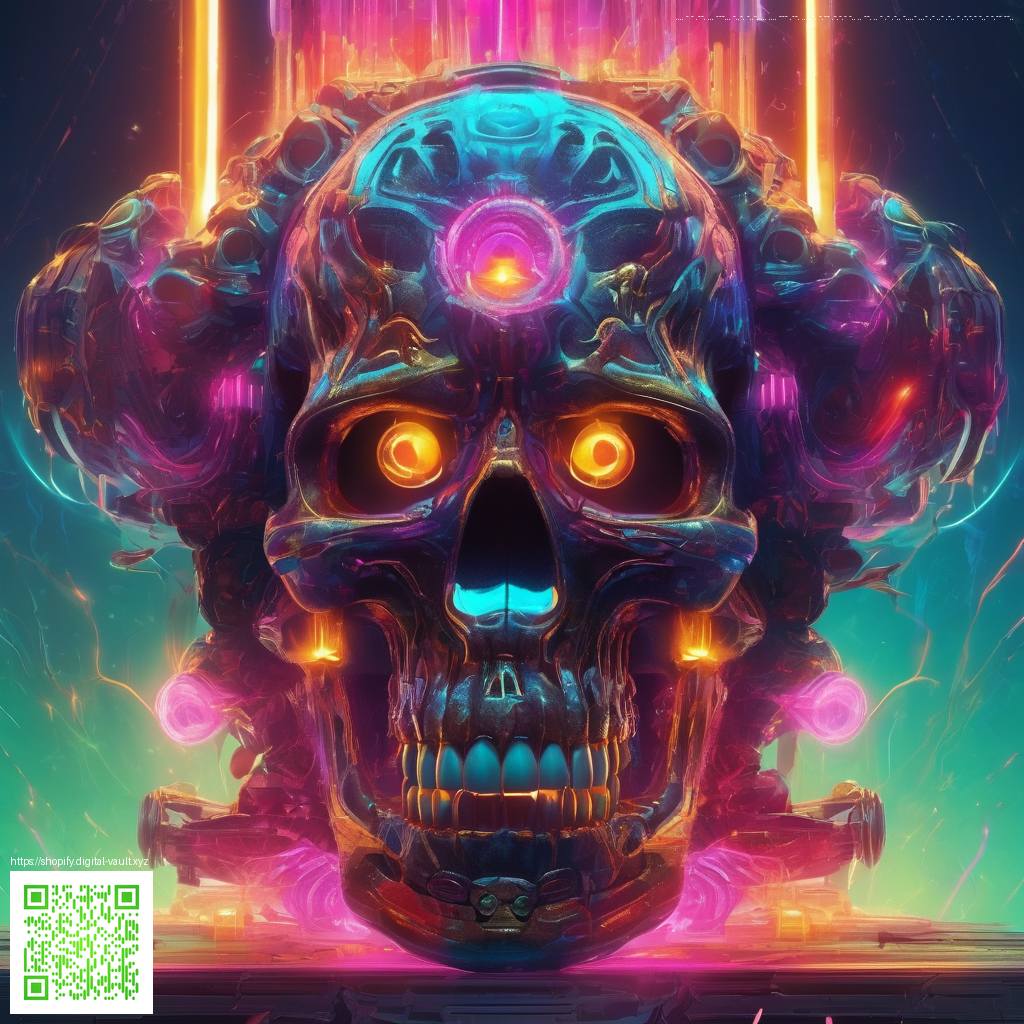
From the Ring to Open World Realms A Boss Fight Blueprint That Endures
The classic NES boxing title delivers a master class in how a boss encounter should feel. Each opponent arrives with a distinct rhythm and a tell that reveals the exact moment to strike. Players learn to anticipate, time their counters, and read the room instead of brute forcing a win. That focus on pattern recognition has echoes far beyond the confines of the ring. It informs how players approach challenging encounters across expansive game worlds.
The core idea is deceptively simple yet incredibly effective. A boss becomes a puzzle that players solve through careful observation and repeated practice. There are stages and escalating tension, but the reward comes from disciplined study rather than raw reflexes alone. This approach resonates in open world games where exploration leads players to gated arenas or boss hubs rather than a single linear fight sequence.
Patterns Over Randomness A Guiding Philosophy for Open World Design
Rather than leaving players to stumble into the same challenge by chance, a well crafted boss presents a repeatable telegraph. The tell gives players a leg up enabling mastery through steady effort. In a sprawling world this translates to predictable cycles that players can anticipate while still offering space for tense improvisation. The result is a sense of agency that players carry from one region to another as they explore.
The best encounters reward methodical observation and patient timing. Read the tells learn the rhythm and the victory follows as naturally as a puzzle falls into place.
In the community the conversation often centers on how a riveting set piece can echo across genres. Speedrunners prize precise timing and stage choreography while designers seek to refine pacing so that exploration does not stall under heavy combat demands. The ring based design of the era has become a touchstone for modern boss fights even when the scenery expands to deserts cities and ruins in open world adventures. 💠
Modding Culture and Fan Driven Experiments
Fans have explored boss encounter logic through emulation tweaks fan made challenges and community mods. The enduring appeal comes from the clarity of the mechanic and the satisfaction of reading a tell before delivering the winning move. As players push for harder modes and new encounters the underlying blueprint remains a reliable foundation for inventive redesigns and speed run routes. This is a prime example of how a simple set of rules can scale into community wide experimentation and creativity 🌑.
Update Footprints and Historical Context
Historically this archetype originated on the Nintendo entertainment system in the mid eighties. It introduced a roster of adversaries each with signature moves and tells that players can learn through practice. In the late two thousands Nintendo revisited combat rhythm with the Wii remake released in two thousand nine crafted by Next Level Games and published by Nintendo. The update refined controls for motion input and added a fresh presentation while preserving the core principle that reading tells equals victory. That balance between nostalgia and modernization informs how developers approach open world combat today.
Looking ahead the lessons from this blueprint continue to shape how designers stage encounters within sprawling maps. A well balanced boss hub should challenge players to apply the same discipline translate the same tells and adapt to shifting conditions. It is not about overpowering the player it is about offering a fair learning curve that rewards strategic thinking and steady nerves. A touch of retro flavor keeps the design grounded even as teams chase new technologies and bigger playgrounds.
To keep the conversation lively I invite readers to think about the decentralized nature of modern media projects. When communities fund coverage and experimentation the result is richer more diverse discussion that travels across platforms and genres. This ethos mirrors the openness that makes open world design so exciting to explore in the first place 💡
Ready to support independent analysis and thoughtful coverage while celebrating classic game design. Access to ongoing updates helps sustain a vibrant ecosystem where ideas spread freely and collaboratively. The donation option below aligns with a broader push toward decentralized networks and distributed creative work.